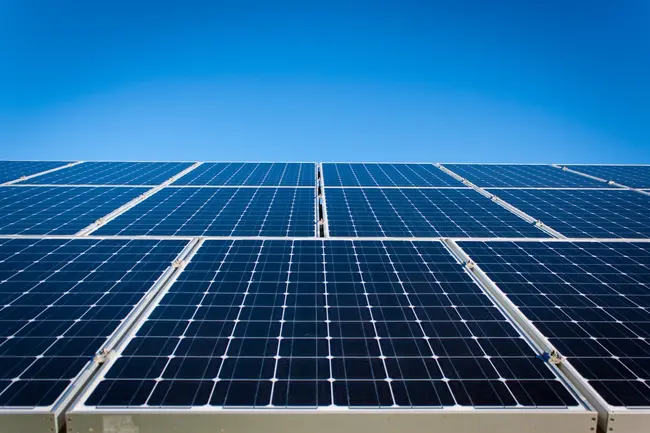Building a solar farm requires a methodical approach to guarantee success. Begin with site selection and feasibility analysis, evaluating land suitability and solar irradiance. Next, secure permits and financing by maneuvering through local regulations and creating attractive financial models. Finally, focus on construction and grid integration, using durable materials and coordinating with utilities. These steps are essential in laying the groundwork for a sustainable solar venture. But how do you effectively execute each phase?
Site Selection and Feasibility Analysis
Selecting the right site and conducting a thorough feasibility analysis are critical steps in building a successful solar farm.
Start with a detailed site assessment to evaluate potential locations. You’ll need to examine land evaluation factors such as topography, soil stability, and proximity to power lines.
Confirm the site receives adequate sunlight year-round by analyzing solar irradiance data. Identify any potential environmental or zoning restrictions that could impact the project.
Consider accessibility for construction and maintenance. By focusing on these elements, you’ll confirm your solar farm is well-positioned to harness maximum energy output while minimizing logistical challenges and costs.
Securing Permits and Financing
Securing permits and financing is essential for the successful development of your solar farm.
Start by understanding local regulatory requirements, which can vary greatly by region. Contact local authorities to guarantee compliance with zoning laws, environmental assessments, and building codes.
For financing, develop robust financial models that outline costs, projected revenues, and return on investment. Consider various funding options, such as loans, grants, or power purchase agreements, to strengthen your proposal.
Partner with financial experts to optimize your models and demonstrate viability to potential investors. Maneuvering these steps effectively will lay a solid foundation for your solar farm’s future success.
Construction and Grid Connection
Once you’ve secured the necessary permits and financing, the next critical phase is the construction and grid connection of your solar farm.
Begin by selecting durable construction materials that can withstand environmental stressors. Steel and aluminum are excellent choices for mounting structures.
Next, install solar panels in ideal configurations for maximum sunlight absorption. Attention to detail during installation guarantees long-term efficiency.
As you progress, focus on the connection infrastructure. Coordinate with local utilities to integrate your solar farm seamlessly into the grid.
Use high-quality inverters and transformers to convert and transmit energy efficiently, minimizing losses and maximizing output reliability.
Conclusion
You’ve now got a solid foundation to begin your solar farm journey. Remember, site selection, permitting, and construction are essential steps to success. Did you know that solar farms can produce approximately 1,500 megawatt-hours per acre annually? This impressive output underscores the potential profitability and sustainability of your project. By meticulously planning each phase, you’ll make certain that your solar farm not only meets energy demands but also contributes positively to the environment and your bottom line.







